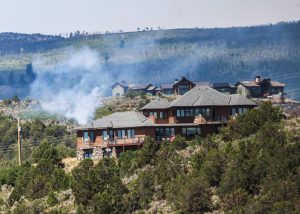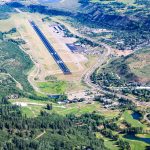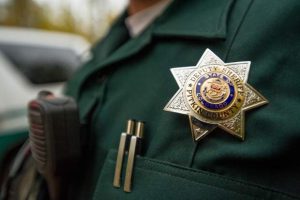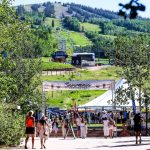Gov. Polis declares statewide disaster emergency amid ‘historic fire activity’ in Colorado
The Lee Fire burning in Rio Blanco County is the 3rd largest wildfire currently burning in the US, according to the National Interagency Fire Center
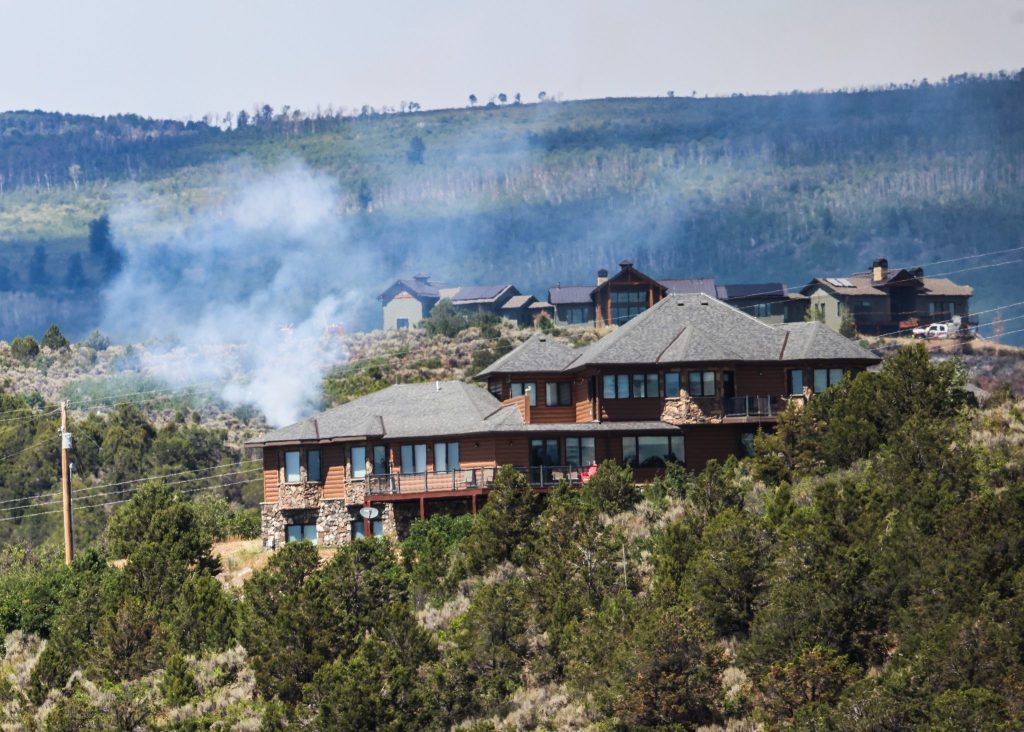
Austin Colbert/The Aspen Times
Gov. Jared Polis signed an executive order Thursday declaring a statewide disaster emergency due to weather conditions that are fueling multiple wildfires and the risk of new wildfires in Colorado.
As nine large wildfires and 24 uncontained fires burn across the state, the executive order allocates funds for wildfire emergency response and authorizes the use of the Colorado National Guard according to a news release from the Governor’s Office.
Colorado is in the midst of a “challenging fire season,” Polis said in the news release, praising the state’s resilience and the response by firefighters. He said the executive order will “bolster our ability to jump on fires early in partnership with local communities.”
The Lee Fire in Rio Blanco County — the largest wildfire burning in the state and the fifth largest in the state’s history — had scorched more than 127,000 acres as of Thursday with 3% containment, according to the complex incident management team battling the fire.
Other large wildfires in Colorado include the Elk Fire burning on 14,500 acres in Rio Blanco County with 75% containment, the Turner Gulch Fire burning on 29,000 acres in Mesa County with 53% containment, the Stoner Mesa Fire burning on 7,100 acres in Dolores County with 0% containment and the Crosho Fire burning on 1,700 acres in Routt and Rio Blanco counties with 0% containment, according to the state’s wildland fire status dashboard.
On Thursday, all of the Western Slope was under a red flag warning advising of a combination of hot temperatures, dry conditions and gusty winds that can quickly spread fires. Scattered dry thunderstorms are expected Thursday and Friday with the potential of frequent lightning that could produce wildfire starts, according to the National Weather Service. The entire Western Slope is experiencing drought conditions.
The executive order allocates $2.5 million in emergency funding to the state’s Wildfire Emergency Response Fund, the release states. In just over a month, Colorado spent $1.5 million of the original $1.7 million allocated to that fund this fiscal year due to the “historic fire activity” this summer, according to the Governor’s Office.
While the executive order authorizes the use of the Colorado National Guard for fire response, when requested by the Colorado Department of Public Safety, it did not itself deploy any specific resources, the release states. There are currently 2,395 personnel battling large wildfires in Colorado, including 41 aircraft, according to the Governor’s Office.
The statewide disaster emergency declaration is in addition to verbal disaster declarations Polis has issued for individual wildfires, including the Lee, Elk, Crosho and Turner Gulch fires as well as other wildfires this season.
Across the U.S., the National Interagency Fire Center is tracking 38 large wildfires, including six in Colorado. As of Thursday, the three largest wildfires in the U.S. were the Dragon Bravo Fire burning on more than 144,000 acres in Grand Canyon National Park in Arizona, the Gifford Fire burning on 130,000 acres in Los Padres National Forest in California and the Lee Fire in Colorado, according to the fire center based in Boise, Idaho.
The National Interagency Fire Center has set the national wildfire preparedness level at 4 of 5, which means national resources are “heavily committed” and there is a heavy demand for available resources from regions where wildfires are not raging.
“By making choices that prevent unwanted ignitions, you reduce the workload on firefighters and help ensure that they will be available to fight the most serious fires,” the National Interagency Fire Center said in a news release Thursday. “Whether you’re towing a trailer, enjoying a campfire, using equipment, or driving in rural areas, take steps to eliminate sparks. Park on bare soil or pavement, drown and stir campfires until they are cool to the touch, and secure chains before hitting the road. Small actions taken now can prevent big consequences later.”

